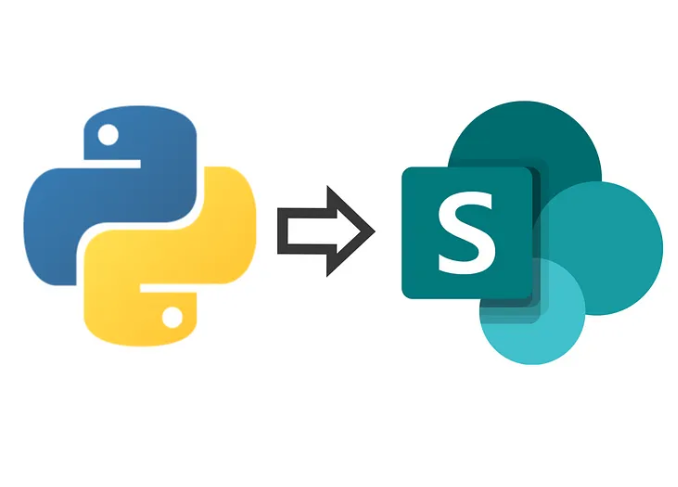Foundational Data Quality Assurance Frameworks
In today’s data-driven business landscape, the quality of data is not just a technical issue; it’s a strategic asset that underpins organizational success. High-quality data supports accurate analytics, informed decision-making, and efficient operations. Conversely, poor data quality can lead to costly mistakes, lost opportunities, and diminished trust. Recognizing the critical role of data, organizations are increasingly adopting data quality frameworks to ensure their information meets the highest standards of accuracy, completeness, reliability, and relevance. This post delves deeper into the essence of these frameworks and showcases real business examples of their application.
Deep Dive into Data Quality Frameworks
DAMA-DMBOK: The Comprehensive Guide
The Data Management Body of Knowledge (DAMA-DMBOK) stands as a cornerstone in data management, providing a broad overview of the principles and practices necessary for high-quality data management. It emphasizes the importance of data governance, an overarching strategy that defines the standards, policies, and responsibilities for managing data across an organization.
Real Business Example: A multinational corporation implemented DAMA-DMBOK to standardize its data management practices across different departments and geographical locations. By establishing a unified data governance framework, the company improved data consistency, reduced redundancy, and enhanced data security, leading to better compliance with international data protection regulations.
TDQM: Emphasizing Continuous Improvement
The Total Data Quality Management (TDQM) framework, originating from MIT, advocates for a continuous cycle of data quality improvement. It draws parallels between data quality and product quality, stressing the importance of involving all stakeholders in the data quality management process.
Real Business Example: An e-commerce company applied the TDQM framework to improve the quality of its product data. By treating data as a product and involving both suppliers (data creators) and customers (data consumers) in defining quality requirements, the company was able to significantly enhance the accuracy and completeness of its product listings. This led to increased customer satisfaction and sales.
DQMM: Structured Approach to Data Quality
The Data Quality Management Model (DQMM) offers a structured framework for managing data quality, emphasizing assessment, improvement, and maintenance practices. It provides a roadmap for organizations to identify data quality issues, implement corrective measures, and establish processes for ongoing data quality assurance.
Real Business Example: A healthcare provider adopted the DQMM framework to address issues with patient data quality. By systematically assessing and improving the accuracy and reliability of patient records, the provider reduced medical errors, improved patient care, and complied more effectively with regulatory requirements.
Implementing Data Quality Frameworks: Steps to Success
Successful implementation of a data quality framework involves several key steps:
- Define Quality Requirements Clearly: Collaborate with stakeholders to define what data quality means for your organization.
- Conduct a Thorough Data Quality Assessment: Use specialized tools and methodologies to evaluate the current state of your data.
- Develop and Execute a Data Quality Improvement Plan: Based on the assessment, outline and implement strategies to address identified data quality issues.
- Establish Robust Data Governance: Implement policies and assign roles for ongoing data quality management.
- Monitor and Continuously Improve: Regularly review data quality metrics and adapt your strategies to ensure continuous improvement.
Conclusion
The application of data quality frameworks is a strategic necessity in the modern business environment. Through structured methodologies like DAMA-DMBOK, TDQM, and DQMM, organizations can tackle data quality challenges effectively. The real business examples highlighted in this post illustrate the tangible benefits of adopting such frameworks, including improved operational efficiency, enhanced decision-making capabilities, and increased regulatory compliance. By prioritizing data quality, organizations can unlock the full potential of their data assets, driving innovation and achieving competitive advantage.


